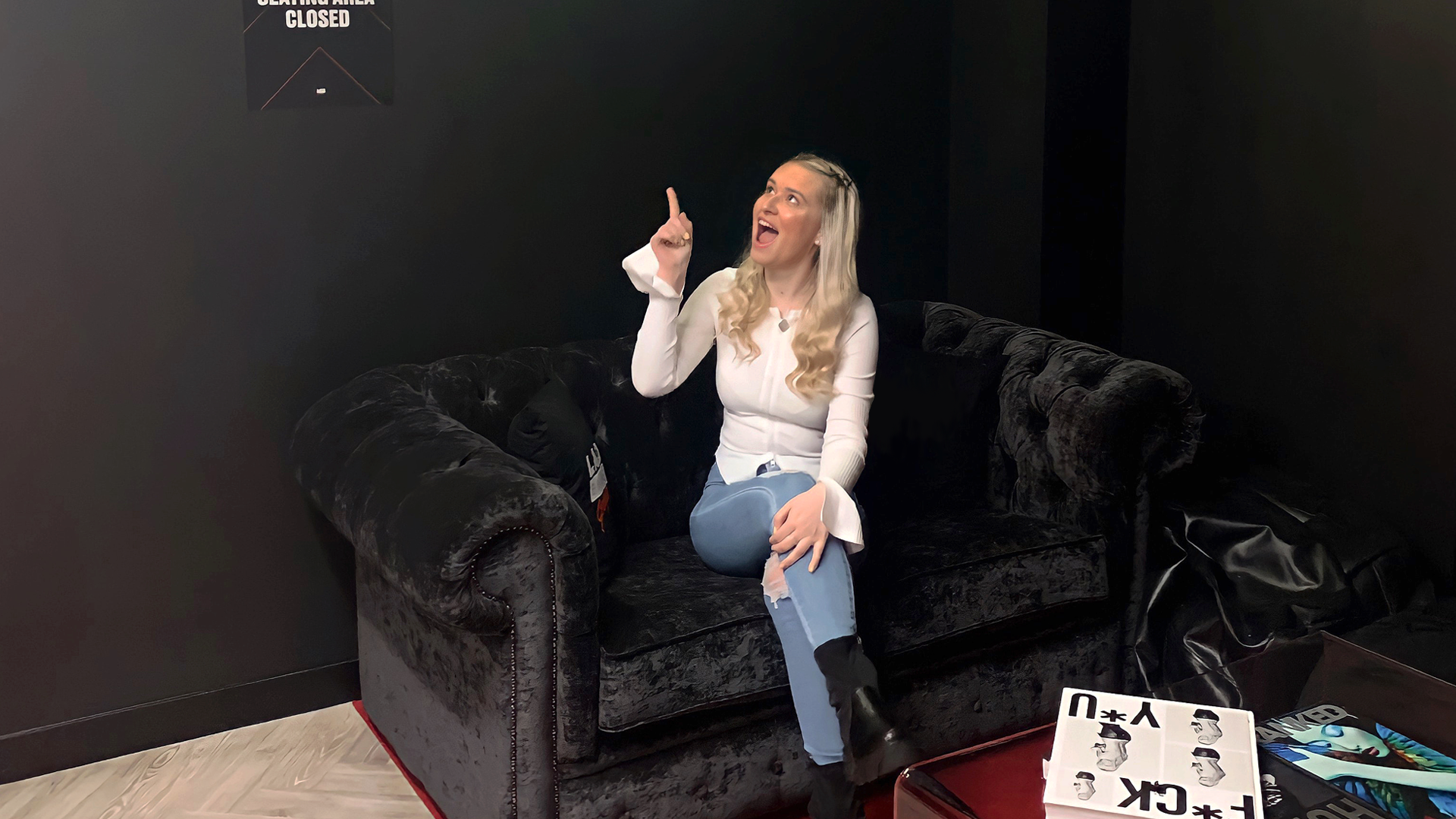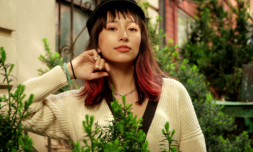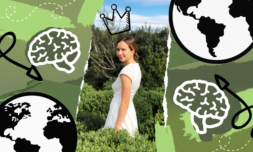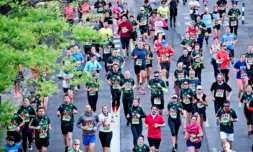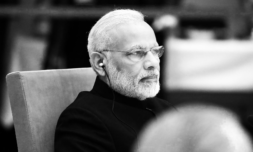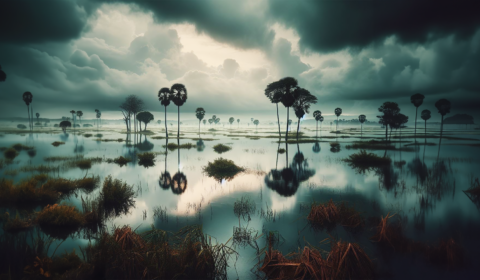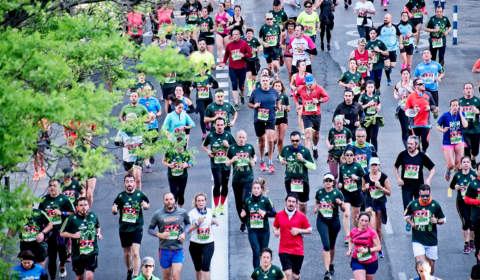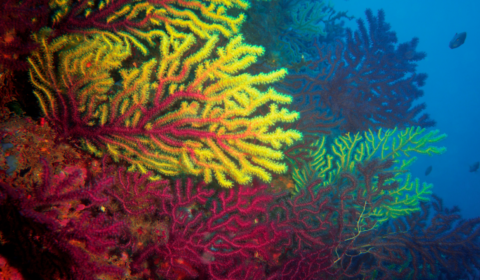Jazzy Whipps, 22, was born profoundly deaf in both ears. After years of not being represented in British media, she took to YouTube herself and started a platform dedicated to deaf UK culture.
It’s midday and Jazzy Whipps pops up on the Zoom screen. She waves at me with a full smile and a black hairband holds back her blonde waves. Her interpreter is running late, so we communicate via text for the first 10 minutes.
Following hundreds of awkward Zoom interactions, though, it’s perhaps the easiest conversation I’ve had this year.
Like many other Gen Zers, Whipps grew up consuming thousands of YouTube videos, although it wasn’t until 2015 when she’d just finished school that she realised there was no deaf representation on YouTube.
‘I gave it a go — set up a camera and did some makeup,’ she recounts. ‘I just loved it.’
‘So many people were like: “Finally, there’s a deaf person,”’ she continues. The community warmly welcomed this sudden access, and throughout the last six years, the YouTuber has garnered over 201,000 subscribers.
Whipps, who is profoundly deaf in both ears – meaning she can’t hear anything at all – explains that she wants to help make sign language more accessible. Around 11 million people are deaf or hard of hearing in the UK, so in the UK, Whipps’ content will help give deaf people more of an opportunity to find jobs and feel more at home in their own country.
So what’s the hardest part about being deaf in 2021? ‘People who hear don’t understand me,’ says Whipps. At YouTube, where she has worked in management for over two years, she still finds it hard to communicate with her colleagues.
‘I feel disappointed because if they understood sign language, I’d be treated as an equal,’ she says. ‘Instead, people get frustrated when they have to write things down or ensure they are facing me.
‘It’s really embarrassing.’
However, the problem isn’t as simple as that. It begins with hearing people not having the right access to signing courses.









